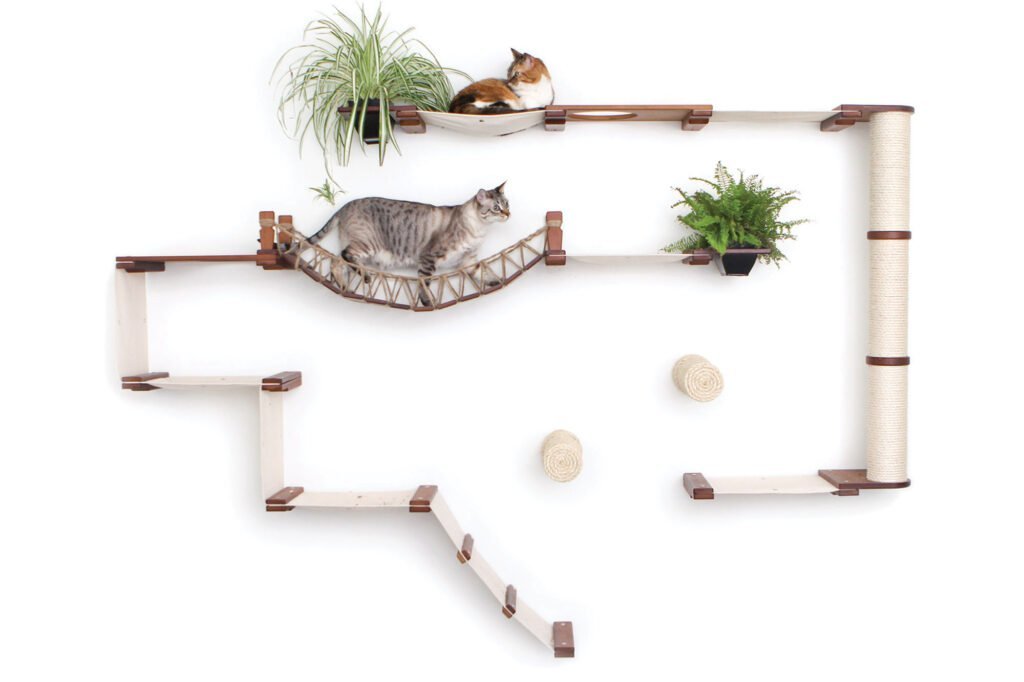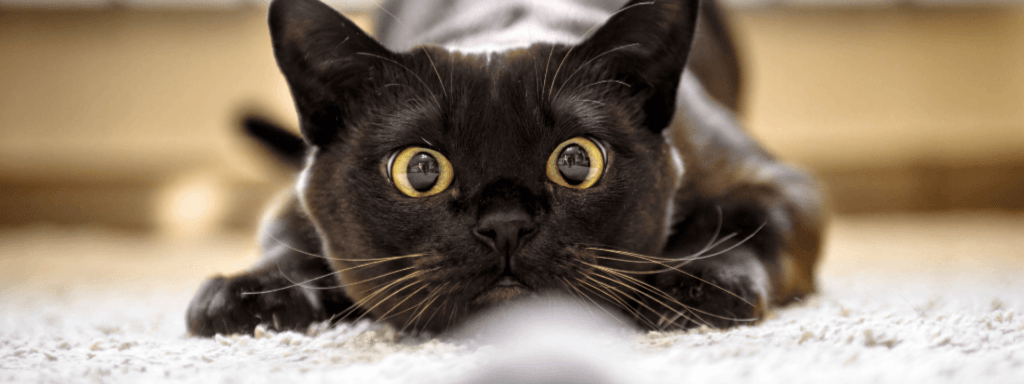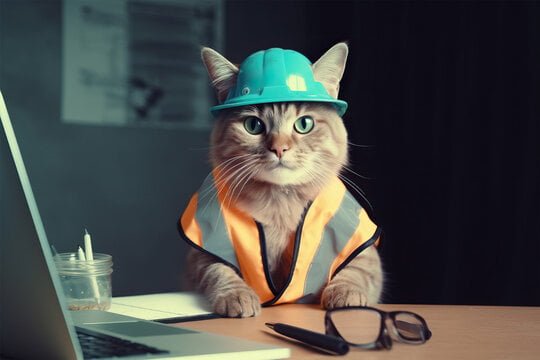A Guide to Happy, Healthy House Cats
Table of Contents
- A Guide to Happy, Healthy House Cats
- Introduction
- The Importance of a Cat-Friendly Environment
- Vertical Space: Elevating Their World
- Interactive Play: Engage Their Hunter Instinct
- The Comforts of Home: Safety and Routine
- Social Needs: Understanding Cat Communication
- Nutritional Considerations: Fuel for Indoor Life
- The Path to a Purr-fect Life
- FAQs
Introduction
Indoor cats, your fluffy overlords, demand more than the basics of food, water, and affection to truly thrive. They need an environment that caters to their instinctual behaviors, such as climbing, hunting, and surveying their territory from high vantage points. This comprehensive guide is your blueprint for creating a stimulating indoor habitat, ensuring your feline friend’s happiness and health are in tip-top shape.
The Importance of a Cat-Friendly Environment
Why It Matters: Indoor cats live longer, safer lives than their outdoor counterparts. However, the trade-off is a potential lack of stimulation. According to the ASPCA, enriching your cat’s indoor environment is crucial for their physical and mental well-being.
Vertical Space: Elevating Their World

Climb to New Heights: Cats have a natural propensity to climb and observe their domain from elevated positions. This behavior, rooted in their wild ancestors, offers safety and comfort. The American Veterinary Medical Association suggests incorporating cat trees, wall shelves, or window perches to satisfy this need.
DIY Tip: You don’t need to break the bank to provide vertical space. Simple, sturdy shelves arranged in a stepwise fashion can work wonders. Ensure they’re securely installed to support your cat’s weight.
Check out This Article from ModernCats that explains vertical space for cats in a more in-depth approach.
Interactive Play: Engage Their Hunter Instinct

The Hunt is On: A study published in the Journal of Veterinary Behavior concluded that interactive play can significantly reduce stress and anxiety in cats, highlighting the importance of engaging their natural hunting instincts.
Toy Recommendations: Toys that potentially mimic prey or activate instincts, such as:
- Motorized mice
- Feather wands
- Lasers
The Comforts of Home: Safety and Routine

Creating Safe Havens: Every cat needs a sanctuary. Whether it’s a cozy cat bed in a quiet corner or a dedicated cat room, having a safe space is essential for their sense of security.
Health and Grooming: Consistent veterinary care and a grooming routine are vital. The Cornell Feline Health Center recommends regular check-ups and vaccinations to prevent common indoor cat issues, like obesity and dental disease.
Social Needs: Understanding Cat Communication

Companionship: While cats are often seen as independent, they form strong bonds with their owners. Scheduled playtimes and casual interactions throughout the day can fulfill their social needs and improve overall mental and physical health.
Talking Tail: Cats communicate through more than just meows. Their body language, especially tail movements, can convey everything from fear to contentment. Learning to interpret these signs can enhance your relationship with your cat.
Anxiety: Many Pets, incuding cats, face anxiety. It is important to understand common pet triggers, as well as creating safe spaces for your cat. This article by us goes into specific detail on how you can make your pet less anxious.
Nutritional Considerations: Fuel for Indoor Life

The Right Diet: Indoor cats have different nutritional needs than outdoor cats. According to a publication in the Journal of the American Veterinary Medical Association, indoor cats require fewer calories but still need a balanced diet rich in proteins and fats to maintain their health.
The Path to a Purr-fect Life
Turning your home into a feline paradise doesn’t happen overnight. It’s a process about making thoughtful adjustments and investments in your cat’s health, happiness, and overall well-being. Remember, the goal is to mimic their natural environment and instincts as closely as possible. With patience, love, and understanding, you can ensure your indoor cat leads a fulfilling life.
By embracing these strategies and continually seeking to understand the unique needs of your feline friend, you’re not just a pet owner—you’re a cat’s best ally in navigating the indoor world.
FAQs
Q: How often should I play with my indoor cat?
A: Aim for at least two 15-minute play sessions each day to keep them physically and mentally stimulated.
Q: Can indoor cats get bored?
A: Absolutely. Boredom in indoor cats can lead to destructive behavior or depression. Regular interaction and environmental enrichment can mitigate this.







